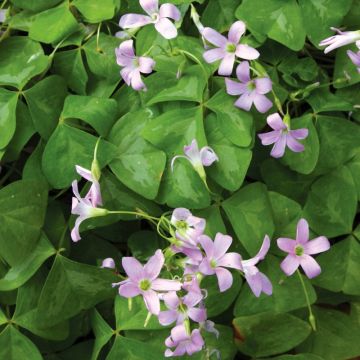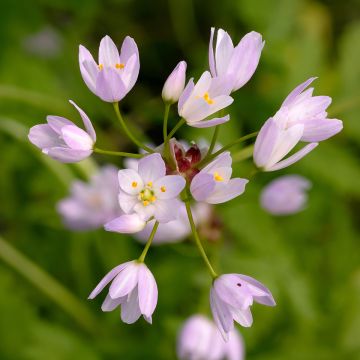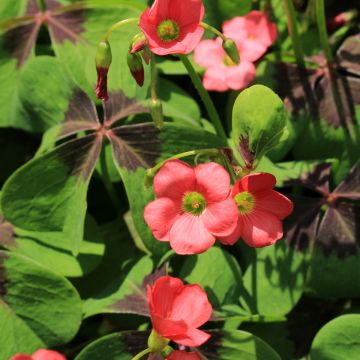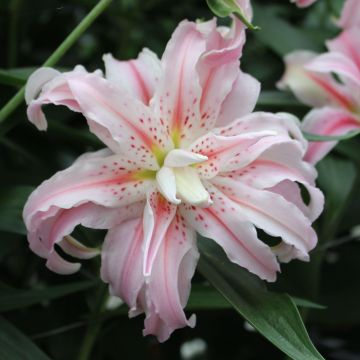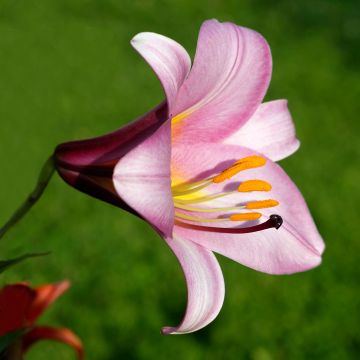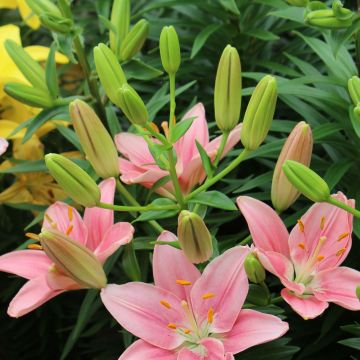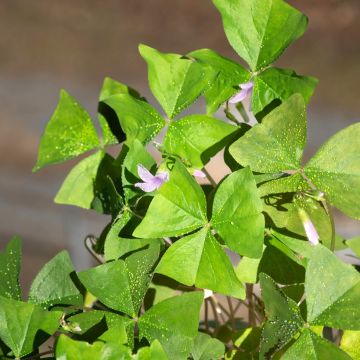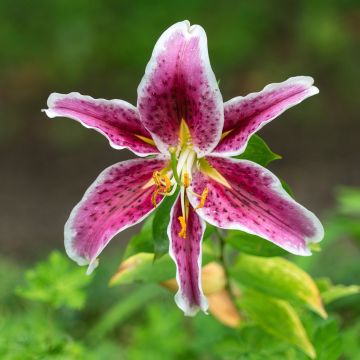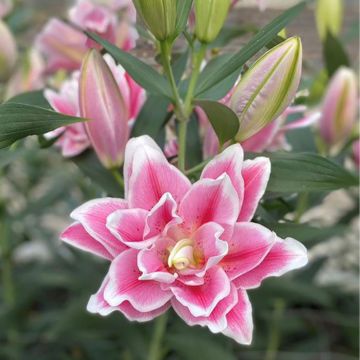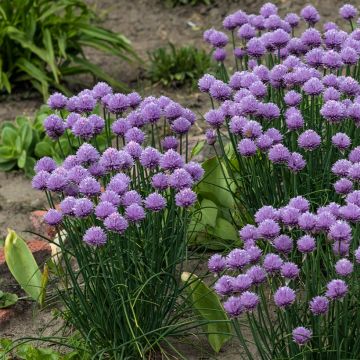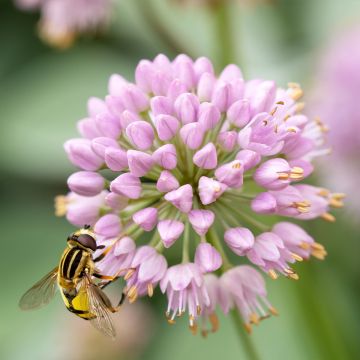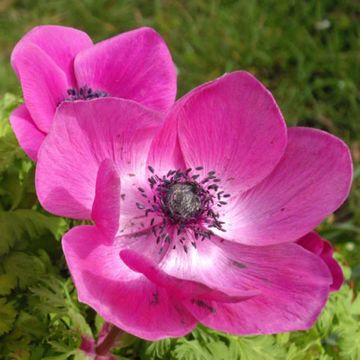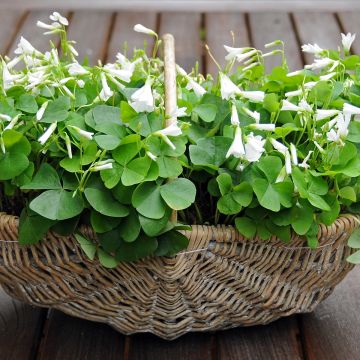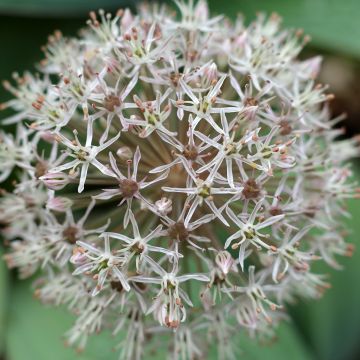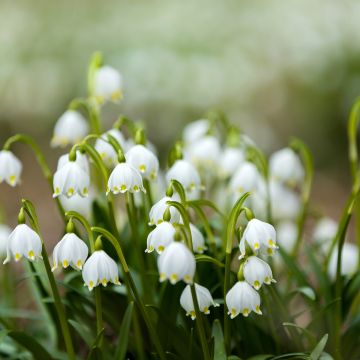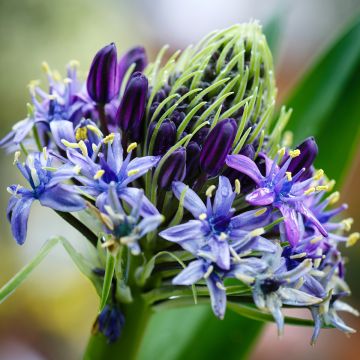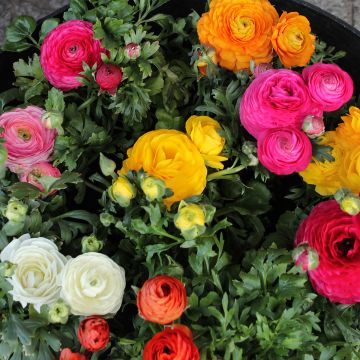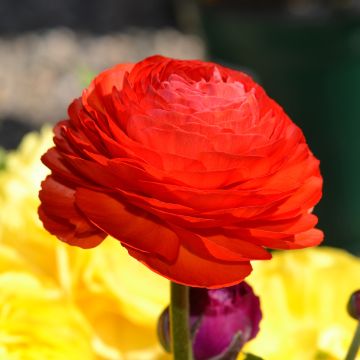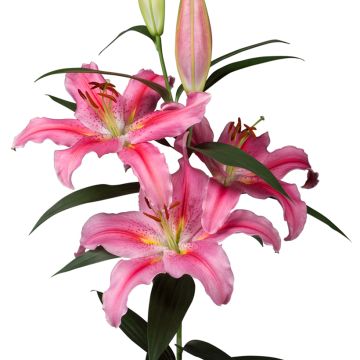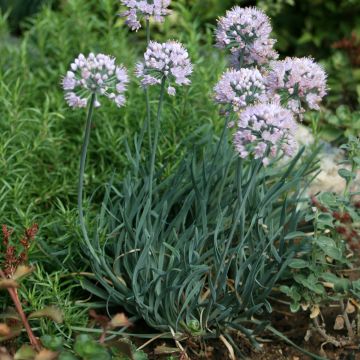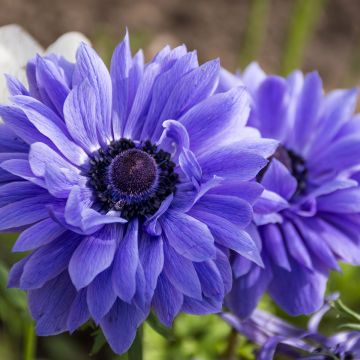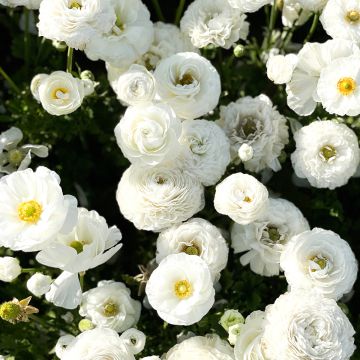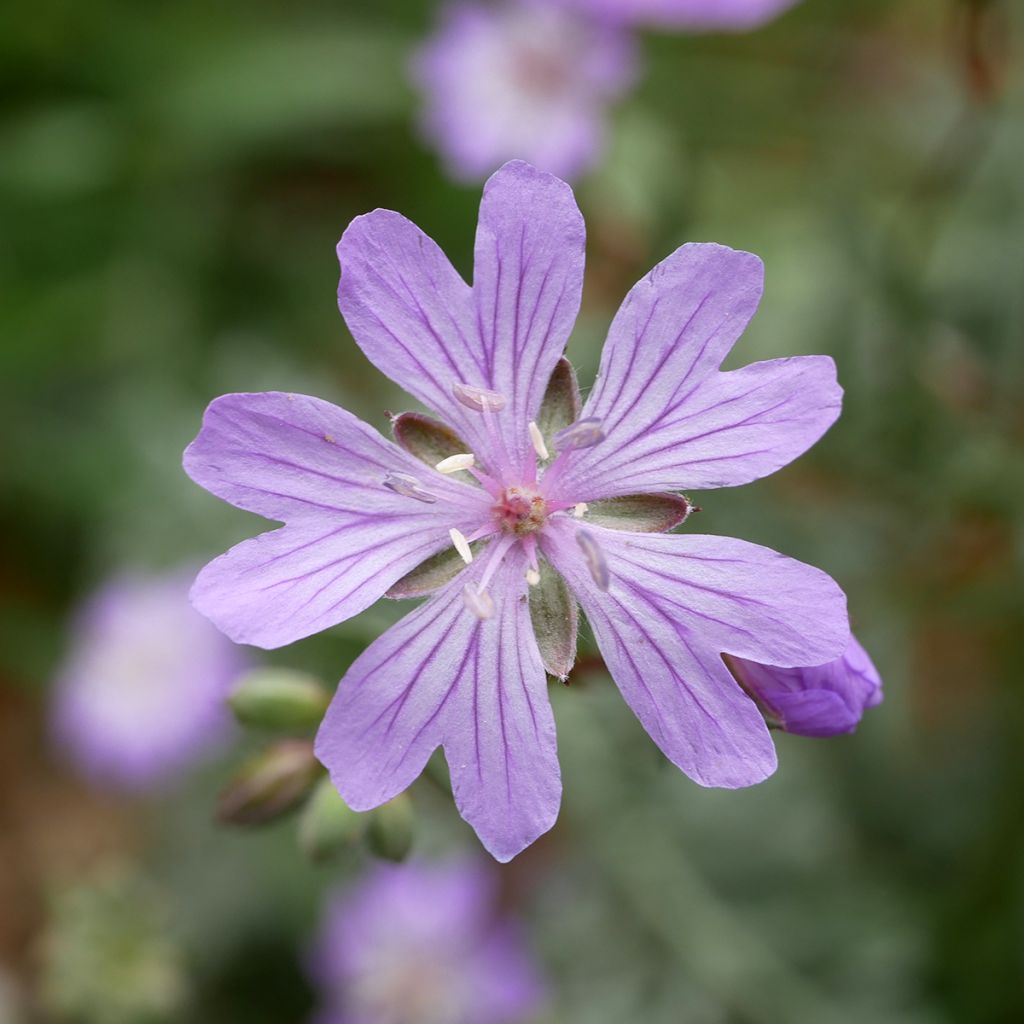

Geranium tuberosum
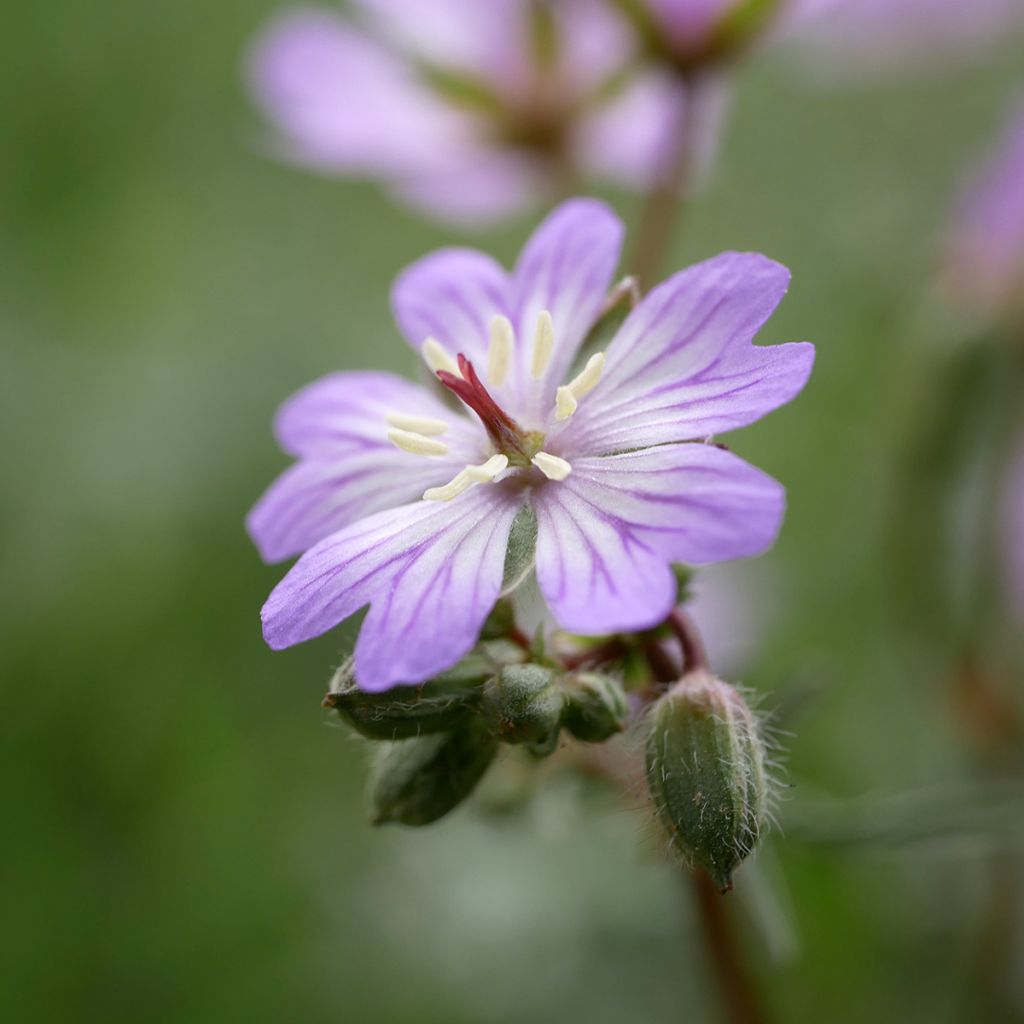

Geranium tuberosum
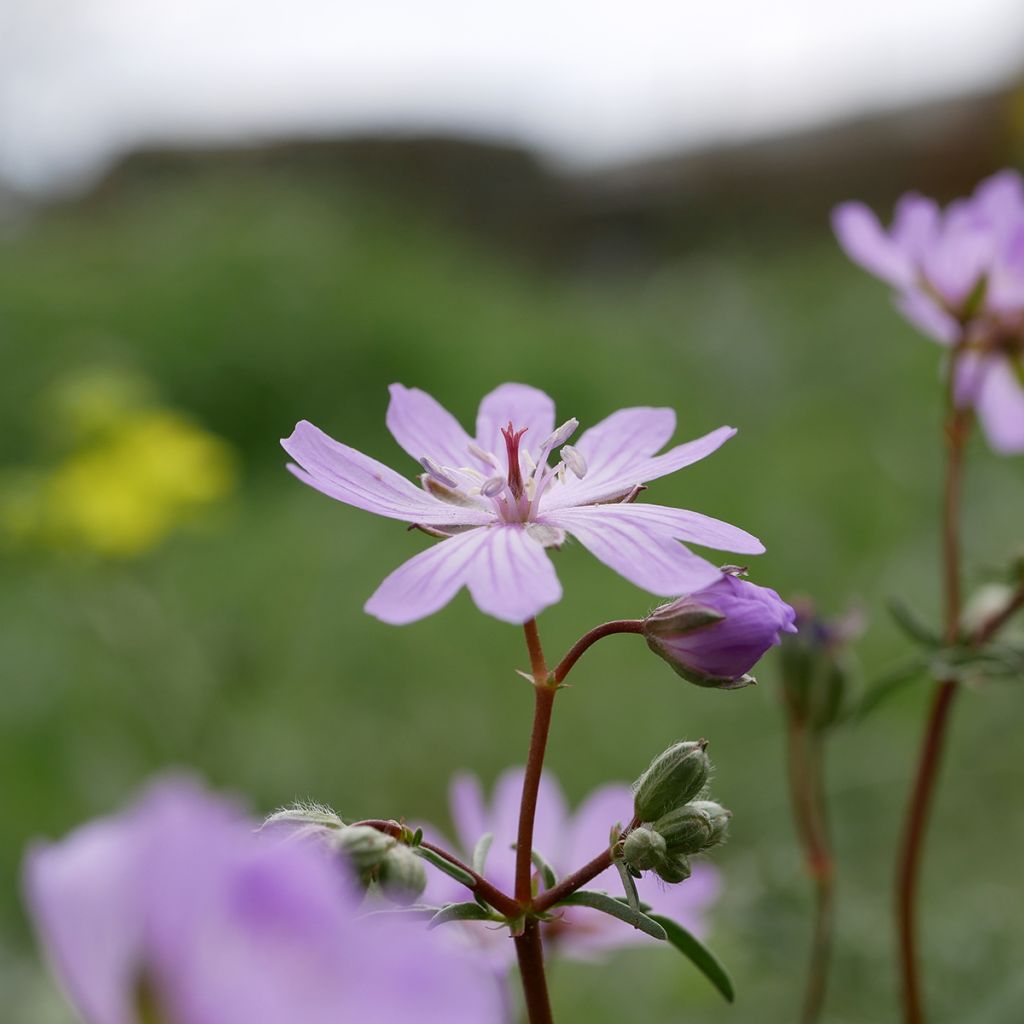

Geranium tuberosum
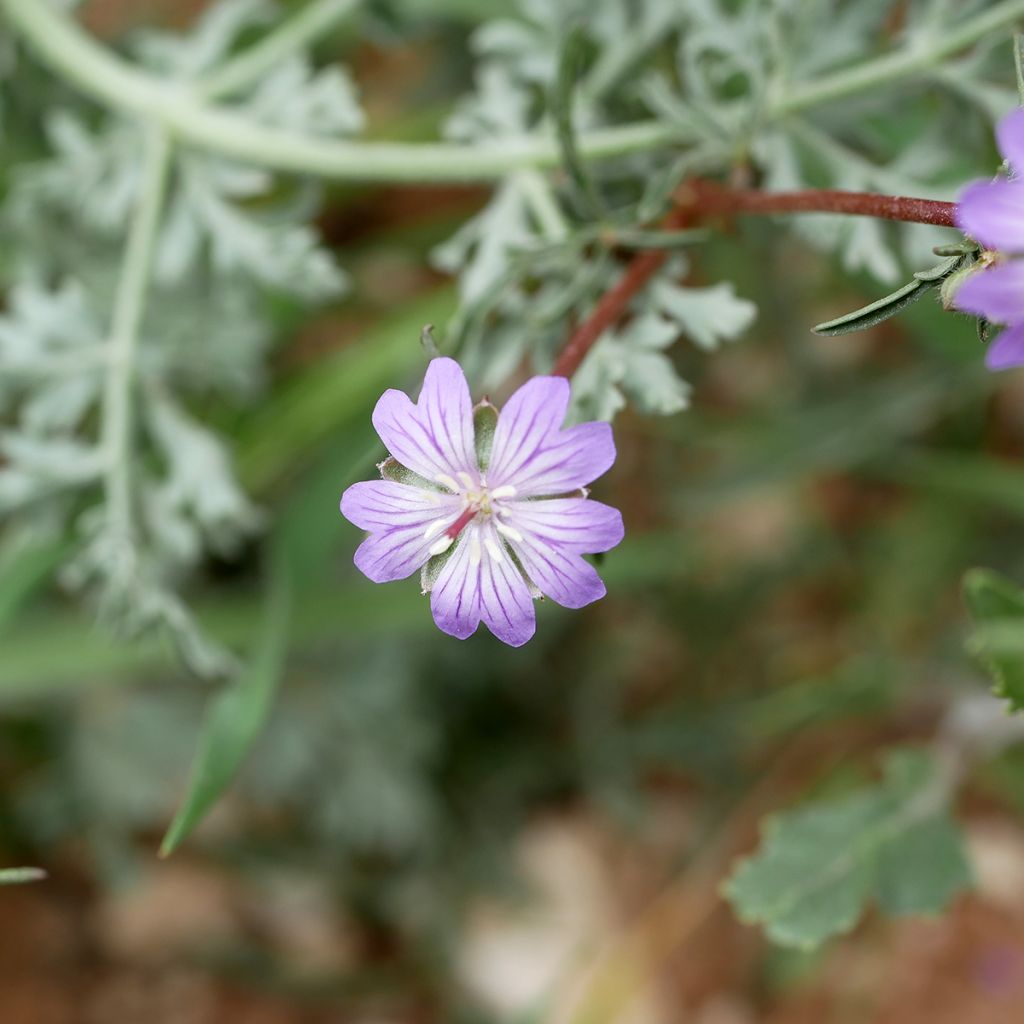

Geranium tuberosum
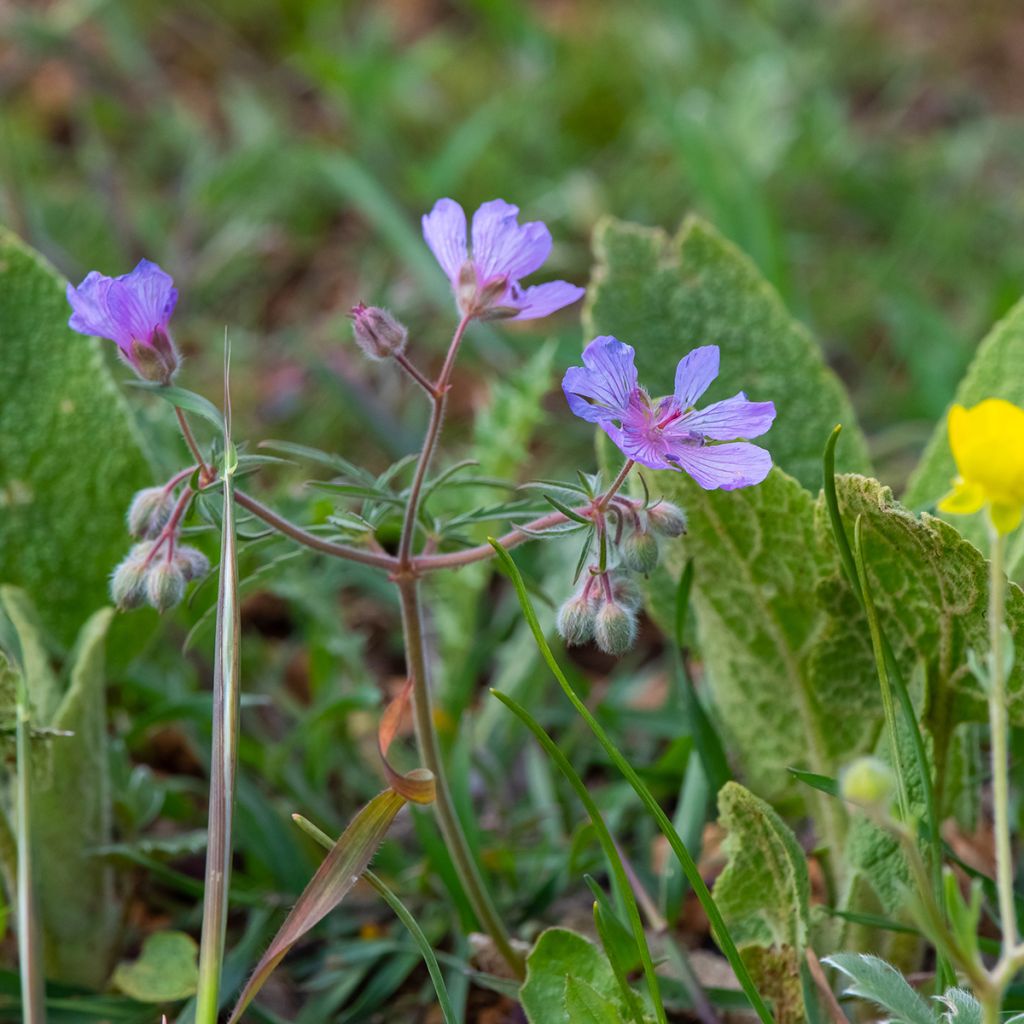

Geranium tuberosum
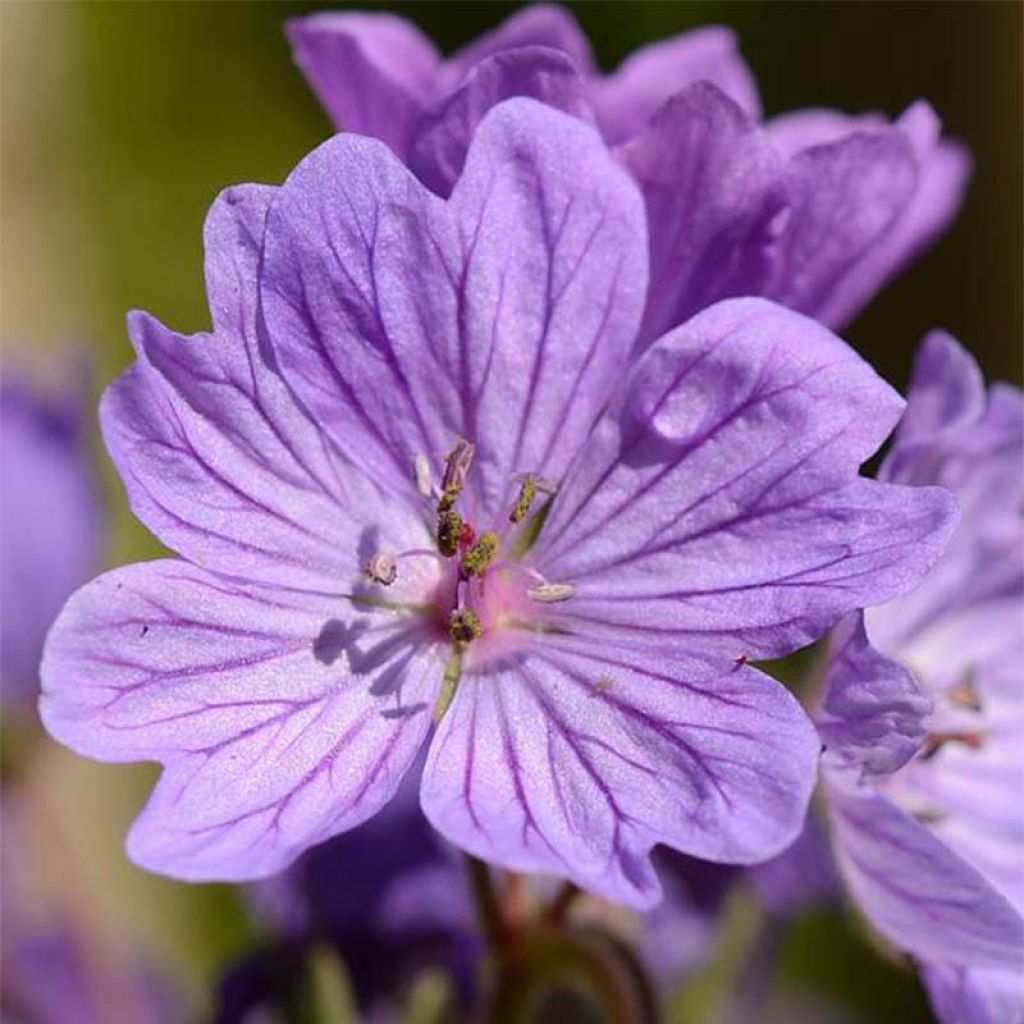

Geranium tuberosum
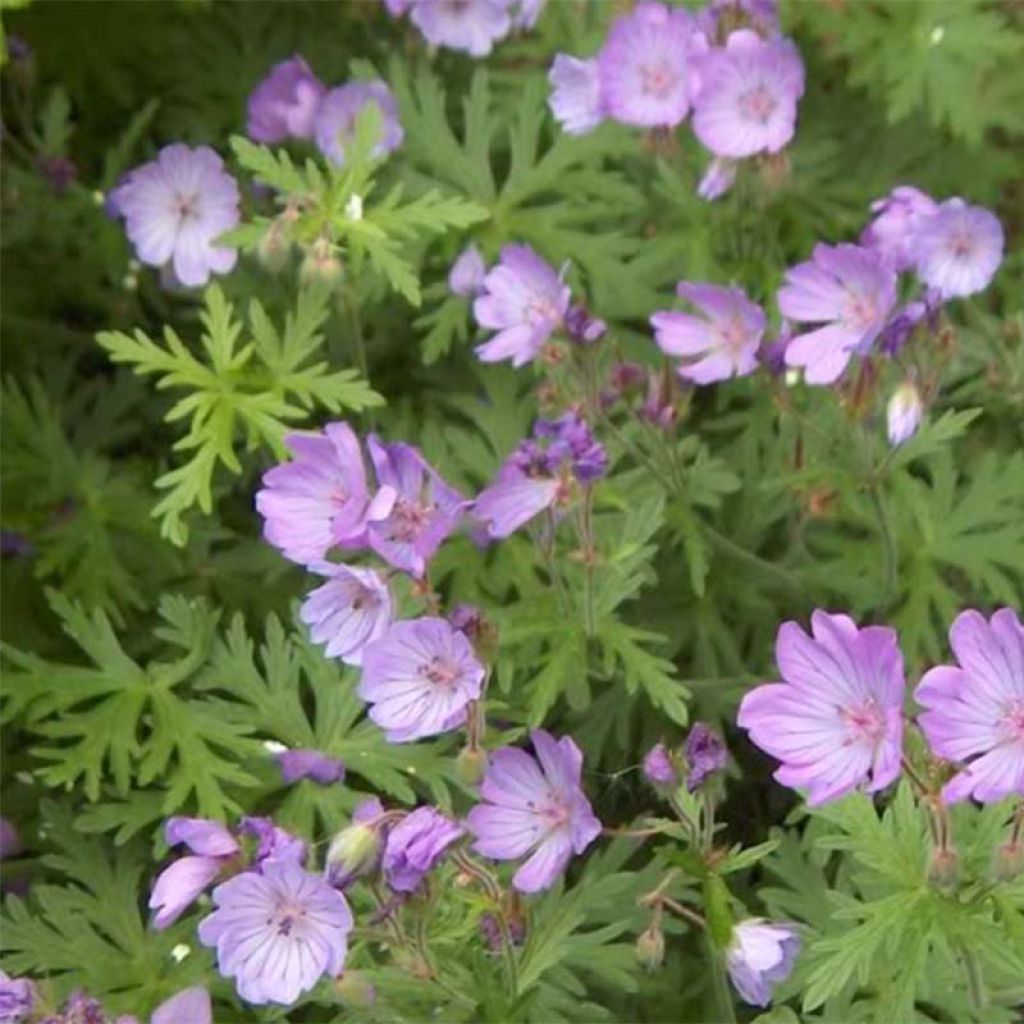

Geranium tuberosum
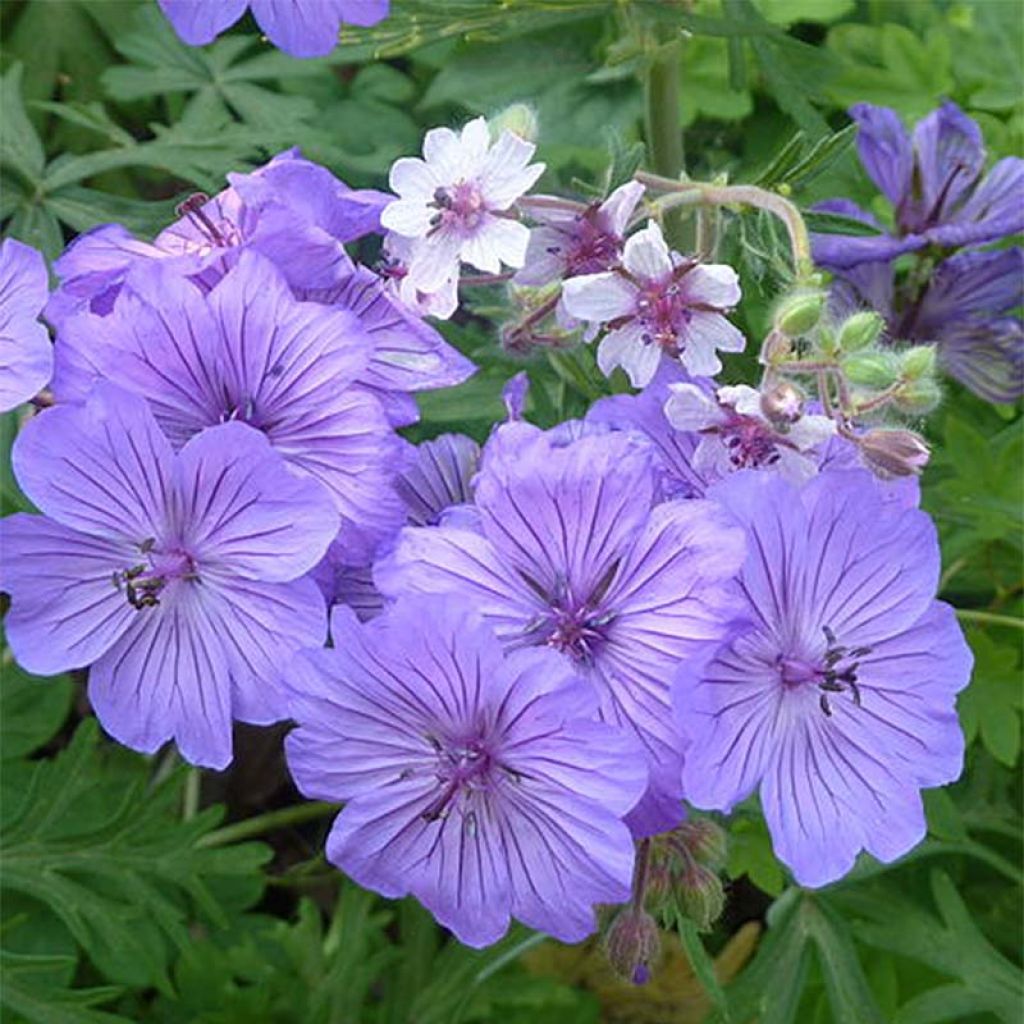

Geranium tuberosum
Geranium tuberosum
Geranium tuberosum
Tuberous-Rooted Cranesbill
This young plant has never flowered in a semi-shaded environment that was supposed to be suitable. Two springs in a row, the leaves appeared but no flowers. What a shame.
Yveline, 23/08/2022
Why not try an alternative variety in stock?
View all →This plant carries a 6 months recovery warranty
More information
We guarantee the quality of our plants for a full growing cycle, and will replace at our expense any plant that fails to recover under normal climatic and planting conditions.
From €5.90 for pickup delivery and €6.90 for home delivery
Express home delivery from €8.90.
Does this plant fit my garden?
Set up your Plantfit profile →
Description
Geranium tuberosum, is one of the few species of perennial geraniums with tubers. This botanical species from the Mediterranean is rarely available in horticultural trade. Its foliage, very finely cut, remains evergreen in mild climates, emerges in spring elsewhere, and is adorned with a cloud-like mass of small cup-shaped flowers in a slightly mauve pink, with purple-violet veins. This geranium goes dormant in summer after flowering. Plant it in autumn, in well-drained soil, in full sun, in the rockery, in a border, or even at the base of a hedge. It will thrive and naturalize quickly in sufficiently dry soil in summer.
Among the large family of geraniaceae, there are perennial botanical geraniums particularly adapted to the Mediterranean climate, but generally resistant to heavy frost in well-draining soil. These plants have a growth cycle similar to that of autumn bulbs, such as crocuses, daffodils, and tulips. Their growth sometimes starts in autumn and persists throughout winter depending on the climate, allowing them to flower early in spring and disappear in summer, persisting as underground tubers to escape heat and drought. This allows them to be cultivated in a manner similar to tulips in humid and moist climates, by digging up the tubers in July and storing them dry until autumn.
Geranium tuberosum is one of them, native to Mediterranean Europe, western Asia, and North Africa. This tuberous geranium develops very finely cut foliage, whose structure somewhat resembles that of ice crystals. It forms a mound 20-25cm (8-10in) tall. The clump expands over time through the multiplication of its tubers. When it is happy, this plant can become somewhat invasive. The flowering, quite brief, takes place from April to June, depending on the climate. Above the foliage, reddish pubescent peduncles rise, branching at their ends. They bear flat cup-shaped flowers with a colour that is intermediate between pink and mauve. Each petal is veined with purple-violet, and the centre of the flower is often more pink. This flowering is followed by the formation of characteristic crane's beak fruits, typical of geraniums. The vegetation disappears after flowering.
The tuberous geranium, like most Mediterranean bulbous and tuberous plants, thrives in highly-drained limestone soils. However, any well-drained ordinary soil is suitable, even neutral or slightly acidic. It will naturally find its place in a rockery, on a slope, in a gravel bed, or as a border along a path, especially in a dry garden. It can also be placed at the base of an evergreen hedge, on the sunny side of course, as their roots dry out the soil in summer. Note that this plant is perfectly hardy and thrives very well in alpine greenhouses. It can be combined, for example, with pulsatilla anemone, Callirhoe involucrata or mountain cornflower. A sowing of nigellas and California poppies will also accompany it on a dry slope.
Report an error about the product description
Geranium tuberosum in pictures
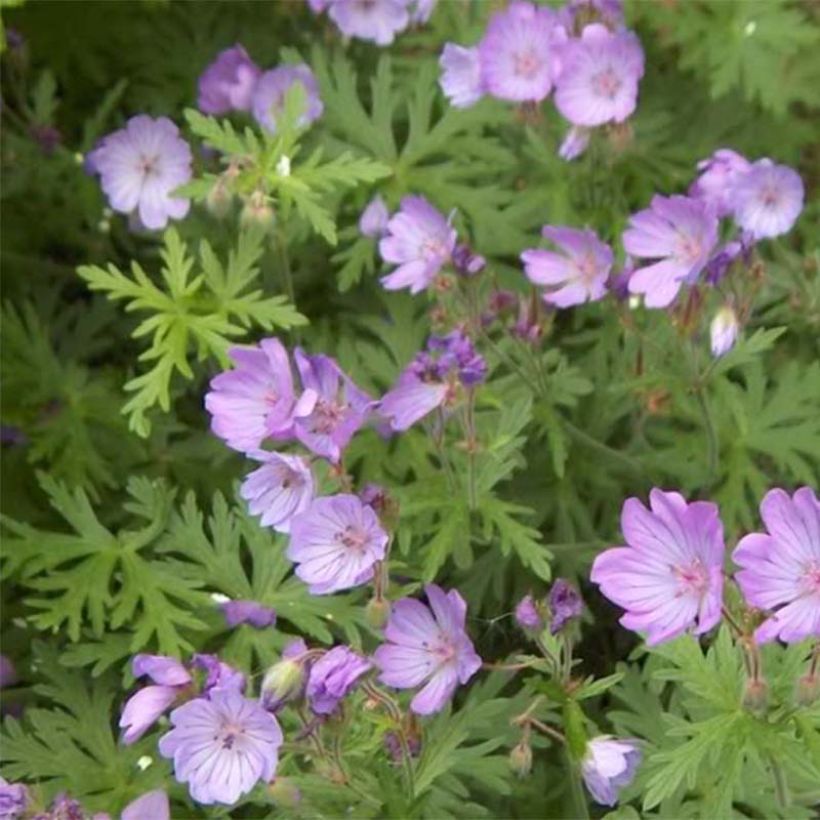



Plant habit
Flowering
Foliage
Botanical data
Geranium
tuberosum
Geraniaceae
Tuberous-Rooted Cranesbill
Mediterranean
Other Spring bulbs A to Z
Planting and care
Geranium tuberosum is easy to cultivate, but it grows best in perfectly drained soils that do not retain excessive moisture. Plant the tubers preferably before the end of October so that they have time to establish themselves well. They dislike heavy and clayey soils, humidity, and waterlogged soils in winter or summer. Give it a sunny spot in well-drained soil, even rocky and limestone or sandy. Bury the tubers at a depth of 10 or 15cm (4 or 6in), spaced 15cm (6in) apart for the larger ones. Bury them at a depth of 10cm (4in), spaced 7cm (3in) apart for the smaller bulbs. They are not very demanding and can tolerate poor soils, but also appreciate the presence of clay in rocky soils. The foliage should not be cut before it has completely yellowed, in order to allow the bulbs to replenish their reserves. Once established, this perennial geranium perfectly withstands summer drought. If the conditions are right, this plant requires no special maintenance and can even spread enthusiastically in the garden. Perennial geraniums are sturdy plants and are not very prone to diseases if the conditions are met. If the summers are very rainy in your region, dig up the tubers once the plant has entered dormancy and store them in a dry and shady place.
Planting period
Intended location
Care
-
, onOrder confirmed
Reply from on Promesse de fleurs
Haven't found what you were looking for?
Hardiness is the lowest winter temperature a plant can endure without suffering serious damage or even dying. However, hardiness is affected by location (a sheltered area, such as a patio), protection (winter cover) and soil type (hardiness is improved by well-drained soil).

Photo Sharing Terms & Conditions
In order to encourage gardeners to interact and share their experiences, Promesse de fleurs offers various media enabling content to be uploaded onto its Site - in particular via the ‘Photo sharing’ module.
The User agrees to refrain from:
- Posting any content that is illegal, prejudicial, insulting, racist, inciteful to hatred, revisionist, contrary to public decency, that infringes on privacy or on the privacy rights of third parties, in particular the publicity rights of persons and goods, intellectual property rights, or the right to privacy.
- Submitting content on behalf of a third party;
- Impersonate the identity of a third party and/or publish any personal information about a third party;
In general, the User undertakes to refrain from any unethical behaviour.
All Content (in particular text, comments, files, images, photos, videos, creative works, etc.), which may be subject to property or intellectual property rights, image or other private rights, shall remain the property of the User, subject to the limited rights granted by the terms of the licence granted by Promesse de fleurs as stated below. Users are at liberty to publish or not to publish such Content on the Site, notably via the ‘Photo Sharing’ facility, and accept that this Content shall be made public and freely accessible, notably on the Internet.
Users further acknowledge, undertake to have ,and guarantee that they hold all necessary rights and permissions to publish such material on the Site, in particular with regard to the legislation in force pertaining to any privacy, property, intellectual property, image, or contractual rights, or rights of any other nature. By publishing such Content on the Site, Users acknowledge accepting full liability as publishers of the Content within the meaning of the law, and grant Promesse de fleurs, free of charge, an inclusive, worldwide licence for the said Content for the entire duration of its publication, including all reproduction, representation, up/downloading, displaying, performing, transmission, and storage rights.
Users also grant permission for their name to be linked to the Content and accept that this link may not always be made available.
By engaging in posting material, Users consent to their Content becoming automatically accessible on the Internet, in particular on other sites and/or blogs and/or web pages of the Promesse de fleurs site, including in particular social pages and the Promesse de fleurs catalogue.
Users may secure the removal of entrusted content free of charge by issuing a simple request via our contact form.
The flowering period indicated on our website applies to countries and regions located in USDA zone 8 (France, the United Kingdom, Ireland, the Netherlands, etc.)
It will vary according to where you live:
- In zones 9 to 10 (Italy, Spain, Greece, etc.), flowering will occur about 2 to 4 weeks earlier.
- In zones 6 to 7 (Germany, Poland, Slovenia, and lower mountainous regions), flowering will be delayed by 2 to 3 weeks.
- In zone 5 (Central Europe, Scandinavia), blooming will be delayed by 3 to 5 weeks.
In temperate climates, pruning of spring-flowering shrubs (forsythia, spireas, etc.) should be done just after flowering.
Pruning of summer-flowering shrubs (Indian Lilac, Perovskia, etc.) can be done in winter or spring.
In cold regions as well as with frost-sensitive plants, avoid pruning too early when severe frosts may still occur.
The planting period indicated on our website applies to countries and regions located in USDA zone 8 (France, United Kingdom, Ireland, Netherlands).
It will vary according to where you live:
- In Mediterranean zones (Marseille, Madrid, Milan, etc.), autumn and winter are the best planting periods.
- In continental zones (Strasbourg, Munich, Vienna, etc.), delay planting by 2 to 3 weeks in spring and bring it forward by 2 to 4 weeks in autumn.
- In mountainous regions (the Alps, Pyrenees, Carpathians, etc.), it is best to plant in late spring (May-June) or late summer (August-September).
The harvesting period indicated on our website applies to countries and regions in USDA zone 8 (France, England, Ireland, the Netherlands).
In colder areas (Scandinavia, Poland, Austria...) fruit and vegetable harvests are likely to be delayed by 3-4 weeks.
In warmer areas (Italy, Spain, Greece, etc.), harvesting will probably take place earlier, depending on weather conditions.
The sowing periods indicated on our website apply to countries and regions within USDA Zone 8 (France, UK, Ireland, Netherlands).
In colder areas (Scandinavia, Poland, Austria...), delay any outdoor sowing by 3-4 weeks, or sow under glass.
In warmer climes (Italy, Spain, Greece, etc.), bring outdoor sowing forward by a few weeks.

































